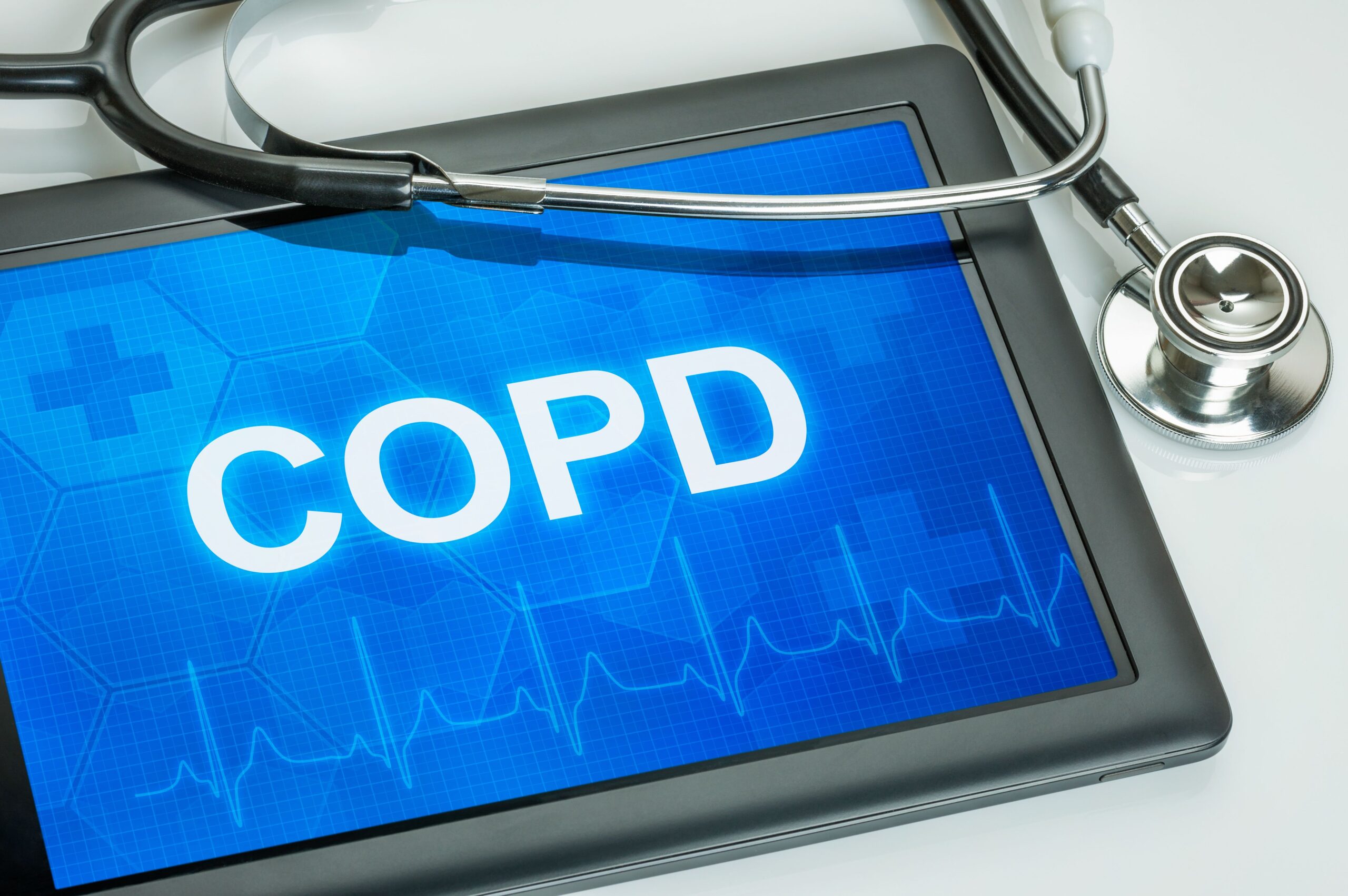Conditions that fall under the umbrella of COPD
You may have heard the term COPD mentioned in a radio or television commercial. COPD is short for chronic obstructive pulmonary disease, a serious lung disease that makes it difficult to breathe over time. Also known as emphysema or chronic bronchitis, COPD is the third leading cause of death in the United States, but as many as 12 million Americans don’t even know they have it.
While it might not garner as much attention as other diseases, COPD is a significant threat. According to the World Health Organization, there were 251 million cases of COPD across the globe in 2016. Despite its prevalence, COPD might not be on a person’s radar until they, or someone they love, is diagnosed with this disease of the lungs. But, understanding COPD, which is an umbrella term that describes various progressive lung diseases, can help people lower their risk and potentially identify symptoms and seek treatment.
Dr. Celestino Pietrantoni of General Physician, PC explains that COPD is characterized by increasing breathlessness. The disease is currently incurable; however, treatment can help people effectively manage their COPD and breathe better. Many people with COPD live for many years and continue to enjoy life after their diagnosis. “Emphysema, chronic bronchitis, and refractory (non-reverse) asthma are three conditions that fall under the umbrella of COPD,” says Dr. Pietrantoni, explaining these conditions.
Emphysema. Damage to the alveoli (tiny air sacs in the lungs), causes emphysema. When this damage occurs, the walls inside the alveoli disappear, turning the small sacs into large sacs. The resulting larger sacs cannot absorb oxygen as effectively as the small sacs, so less oxygen is absorbed into the blood. In addition, the lungs become stretched out and lose their springiness when the alveoli are damaged. The airways become flabby, trapping air in the lungs, and creating shortness of breath.
Chronic bronchitis. Chronic bronchitis occurs when the bronchial tubes are irritated and become swollen, resulting in coughing and shortness of breath. Bronchitis becomes chronic bronchitis when mucus comes up with the cough and the cough lasts for at least three months for two years in a row. The COPD Foundation also notes that, in healthy lungs, tiny hairs known as cilia help move mucus up the tubes of the lungs so it can be coughed out. When a person has chronic bronchitis the tubes have lost their cilia, leading to more coughing, lung irritation, and more mucus. The tubes of the lungs then swell, making it hard to breathe.
Refractory (non-reversible) asthma. During a typical asthma attack, bronchial airways tighten up and swell. Asthma medications can typically reverse this; however, refractory asthma does not respond to medication, leaving sufferers with tight, swollen airways.
Increased shortness of breath; frequent coughing, with or without mucus; increased breathlessness; wheezing; and chest tightness are some common symptoms of COPD. Not all cases of COPD are the same, but people experiencing any of these symptoms should report them to their physicians immediately.
Learn more at www.copdfoundation.org. Learn more about Dr. Celestino Pietrantoni at www.gppconline.com/celestino-pietrantoni-do. To make an appointment with Dr. Pietrantoni call 716-932-7777.












